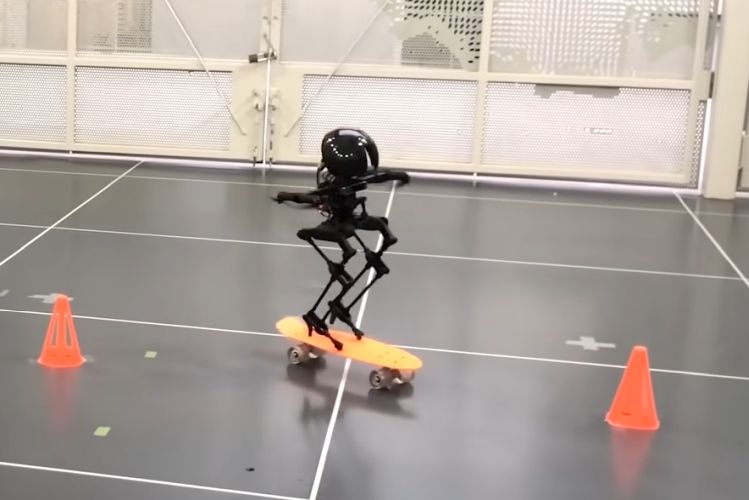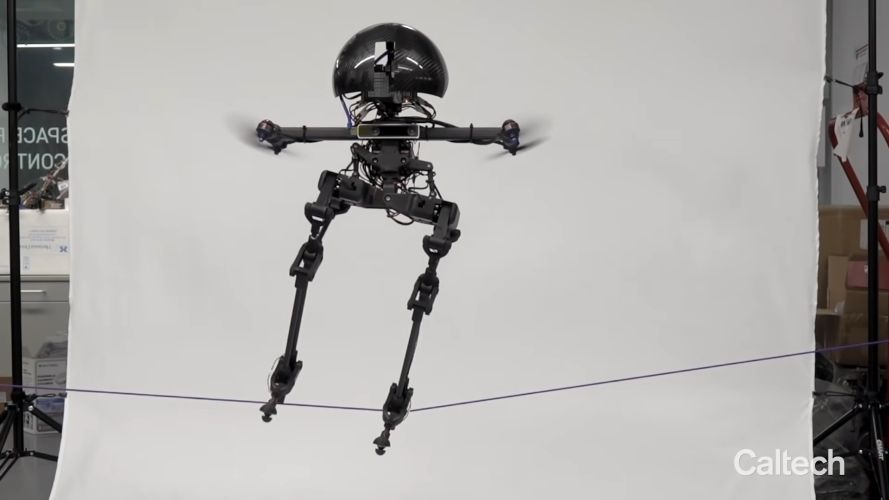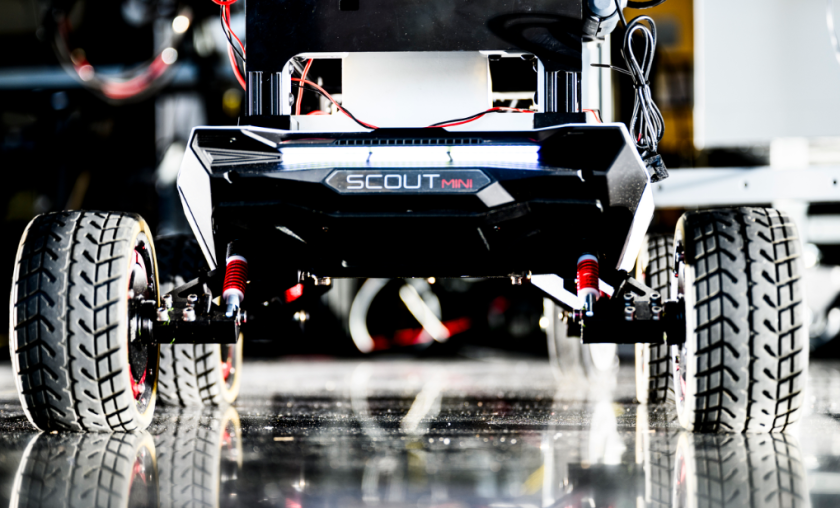
Nature not only inspire poets, artists, painters but also engineers. In an attempt to simulate the locomotion of birds, researchers at Caltech have developed a bipedal robot that has a movement that is between walking and flying.
Aim of the new type of locomotion is to create a bot that is capable of complex movements yet agile at the same time.
Legs Onboard Drone
Biomimicry inspired LEONARDO (short for LEgs ONboARD drOne, or LEO for short) is fabricated from the lab of Caltech’s Center for Autonomous Systems and Technologies (CAST).
LEO employs multi-joints in lower limbs and propeller-based thrusters to manoeuvre and control over its balance.
Inspired from nature, the researchers wanted to learn and understand the way birds are able to flap and hop to steer around their environment, said Soon-Jo Chung, corresponding author. He further added that their idea is to understand the walking and flying from the dynamics and control standpoint.
Adaptive landing gear systems
Already existing bipedal robots like Boston Dynamics’ Atlas, NASA’s Valkyrie robot, Toy robots such as QRIO and ASIMO, are successful in mimicking human way of locomotion, such as walking, jumping or climbing stairs. However, they are stymied by rough terrain.
Flying robot is an option for tackling rough terrain but it has its own restrictions, like:
- consumption of high energy during flight mode & take off, and
- limited payload capacity
Multi-modular robots at the locomotion level, however, could be a good alternative to manoeuvre through challenging environments more efficiently than conventional robots. Keeping this in mind, LEGO bridges the gap between the two dissimilar domains of aerial and bipedal locomotion.

Multi joint legs for bipedal walking
It’s lightweight and sturdy legs support the bulk of the weight hence the modular lower limbs take off the stress. Additionally, the thrusters are controlled at the same time with leg joints. Therefore, giving LEO an uncanny balance.
Based on the type of obstacles on rough or plain terrain LEO chooses to employ either walking or flying. Like birds, it can also blend the two modes if the need arises. Additionally, the bot can effortlessly perform manoeuvres that requires constant practise (in case of humans) like walking on a rope and skateboarding.
LEO is around 2.5 feet tall with two lower limbs. The limbs have three actuated joints and embedded with four propeller thrusters placed at an angle at the robot’s shoulders.
Hybrid locomotion
While walking, human adjusts the centre of gravity with every new position of the body and limbs, similarly, LEGO too computes its gait so that it can maintain the body’s balance and avoid toppling. The propellers help in keeping the bot’s body straight while walking. And the actuators in the legs ensure that the position of the legs corresponds to the robot’s center of mass.
Whereas in flight mode, the robot employs only its propellers and flies like a drone. Also, the propellers help in keeping LEGO from not falling down during prodding or poking with force.

Takeaway
This is not the end the team is looking forward to enhance LEGO’s performance by creating more robust legs so that it can withstand more weight. And increase the thrust force of the propellers.
Taking LEGO to the next level, they envision it to make more autonomous so that it can compute the amount of weight supported by both legs and propellers when walking on uneven terrain.
Additionally, the researchers plan to embed the bot with newly developed drone landing control algorithm that make use of deep neural networks. These neural networks will assist the robot in decision making while in the external environment for walking, flying, or hybrid motion, using the least amount of energy.
The technology could be used for future adaptive landing gear systems that consist of controlled leg joints for aerial robots as well as flying vehicles including drones. Future Mars rotorcraft could optimally make use of the landing gears for robot’s balance and movement in uneven terrains.



